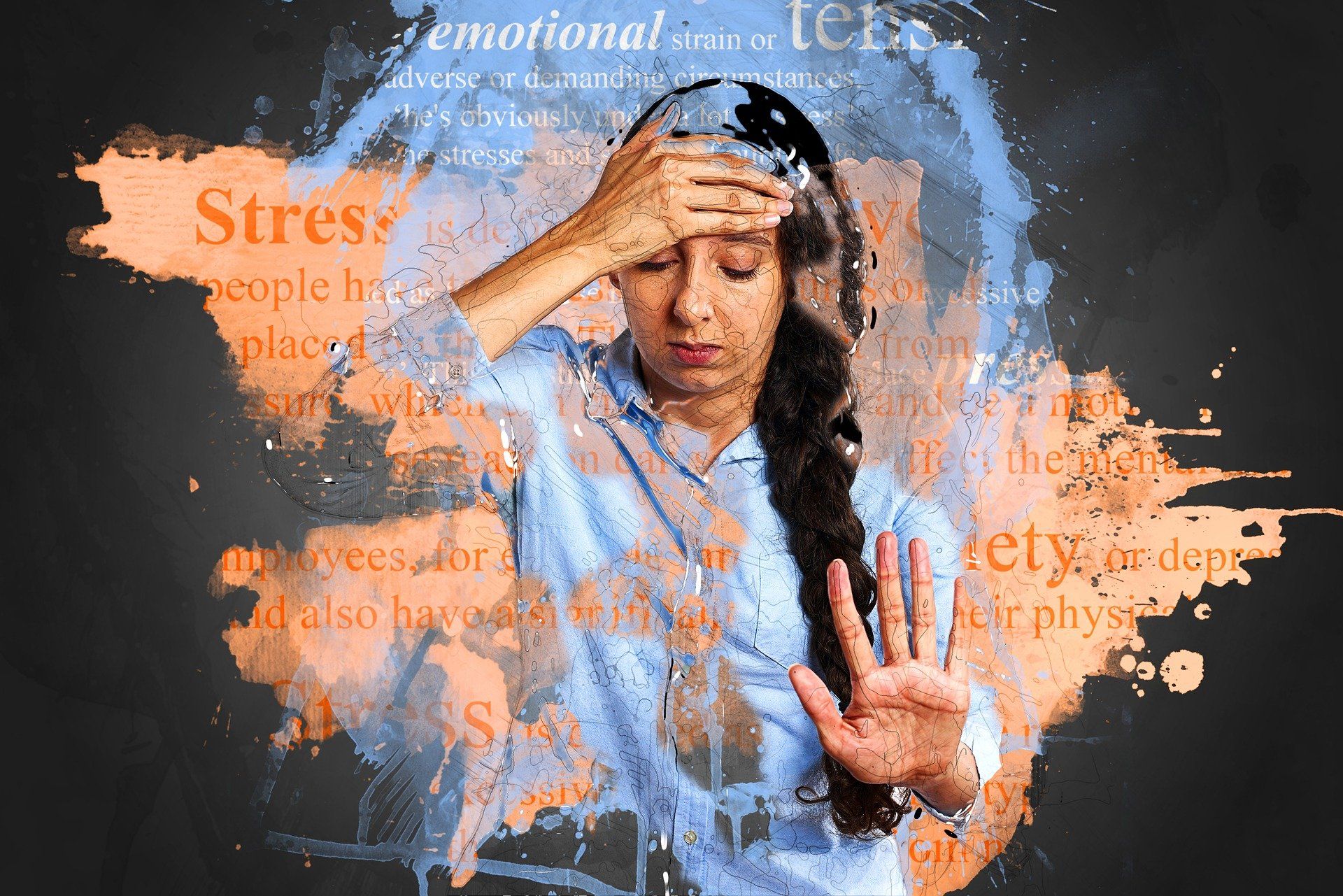 I hope you had a nice spring and summer with opportunities to relax and connect with friends and loved ones.
I hope you had a nice spring and summer with opportunities to relax and connect with friends and loved ones.
I continue to notice higher-than-usual levels of stress among my patients lately. Stress ebbs and flows depending on our circumstances. Whether it is financial stress, strained relationships, work-strife, concerns about education for our children, or whatever, stress is real.
Stress can also lead to pain. And pain can lead to stress. Either way, you’ve probably ended up visiting my office to discuss pain and/or stress. Sometimes your pain is due to a physical injury, and sometimes your pain seems to ‘come out of the blue’. Either way, pain is often explained with a mechanical or anatomical diagnosis. In other words, since pain is associated with a part of the body, we tend to assign this pain to some faulty anatomy or functionality of the body. In fact, diagnosing faulty movement is my specialty. However, not all pain is entirely due to damage of physical tissue or poor body mechanics. We’ve all experienced the scenario where pain seems to develop during stressful times in our lives. Perhaps stress is causing changes in our body that are difficult to measure which lead to increased pain. Does stress predispose us to pain? Can stress make us more likely to get injured? I don’t really know the answer to these questions. But, I do thrive on thinking about them and discussing them with you. In fact, as some of you already know, I recently read a book by Dr. John Sarno, entitled: ‘Healing Back Pain: The Mind Body Connection’. This book emphasizes the role of our consciousness, sub-conscious, thoughts and emotions with pain. If this interests you, ask me about it. If you’ve read the book, let’s discuss it.
The book has reinforced some principles that I think are critical to arriving at, and discussing, a diagnosis associated with pain. Let me explain: If we accept that our thoughts and emotions can influence pain, then it absolutely makes sense that we think safely about our diagnosis. I have had many patients through the years communicate to me what condition they’ve previously been diagnosed with. New patients often tell me that they’re afraid to tie their shoes, play with their children, lift a box, or drive a car, because these actions will cause further damage to their body. If there are certain physical conditions that should warrant being afraid of these activities, rest assured I will communicate this clearly to you. But, honestly, rarely are these actions dangerous to your body. And, further, the fear of these actions may be more dangerous, and cause more pain, than the action itself. As the great and mighty Jedi Master Yoda once said, “Fear is the path to the dark side. Fear leads to anger. Anger leads to hate. Hate leads to suffering.”
Fear and anxiety about our pain is a poor place to begin the healing process. For this reason, not only is an accurate diagnosis of your condition the most important step in the healing process, but having a fundamentally sound understanding of the condition, void of fear and anxiety, is just as important.
If you’re in pain, whether you’ve had this pain come and go for years, or something new has happened, please come see me for a diagnosis and an appropriate treatment plan, including an education about the diagnosis so that you don’t have to try to heal while being nervous about the process.
And then we can begin the treatment process to get you feeling your best again. And, of course, once you’re in my office, and we’ve taken care of the important stuff, we can proceed to talking about things other than pain. For instance, as many of you have come to learn: You come for the chiropractic, you stay for the Bachelor in Paradise podcast.
